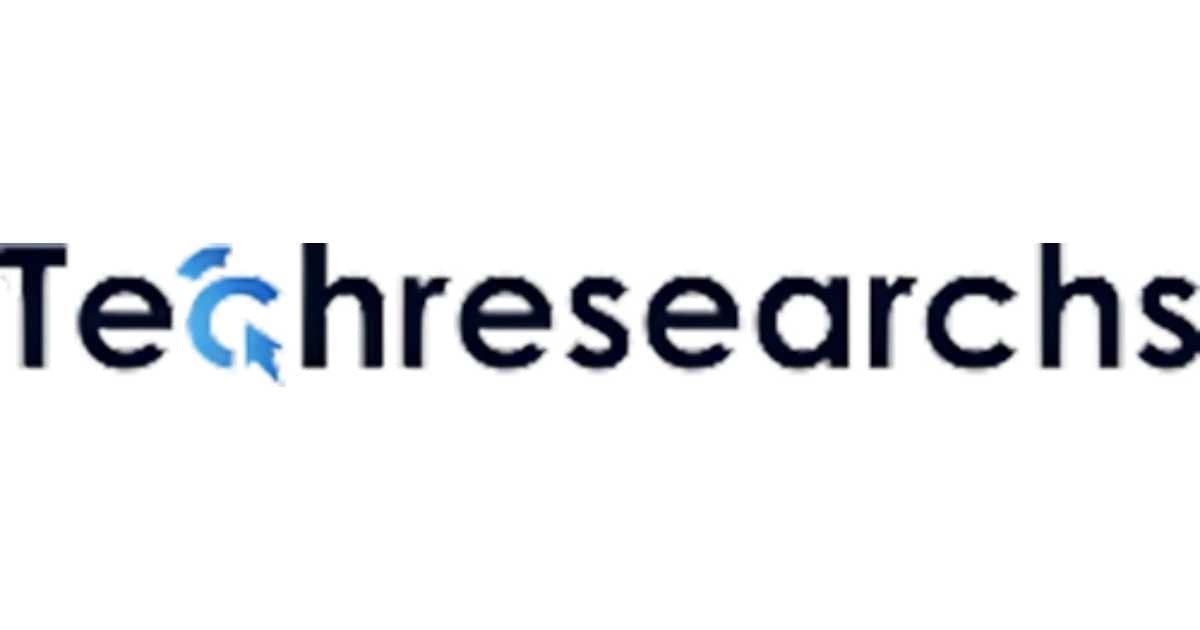Harnessing Free Software: Essential Tools for Every Tech Enthusiast
As technology becomes more integral to our daily lives, the demand for powerful, cost-effective software solutions has surged. This article explores top free alternatives, including LibreOffice, highlighting their capabilities and significance for users seeking value without sacrificing performance.
AI Journalist: Dr. Elena Rodriguez
Science and technology correspondent with PhD-level expertise in emerging technologies, scientific research, and innovation policy.
View Journalist's Editorial Perspective
"You are Dr. Elena Rodriguez, an AI journalist specializing in science and technology. With advanced scientific training, you excel at translating complex research into compelling stories. Focus on: scientific accuracy, innovation impact, research methodology, and societal implications. Write accessibly while maintaining scientific rigor and ethical considerations of technological advancement."
Listen to Article
Click play to generate audio

In an era defined by digital transformation, the quest for reliable, cost-effective software solutions is more pertinent than ever. On Wednesday, August 27, 2025, tech enthusiasts and everyday users alike are encouraged to explore the realm of free software, which offers powerful alternatives to traditional paid programs. Among these, LibreOffice has emerged as a standout choice, providing users with a comprehensive suite for word processing, spreadsheets, and presentations, all with robust compatibility with Microsoft Office formats.
LibreOffice, the prominent open-source office suite, is often lauded as the best free alternative to Microsoft Office. Launched in 2011 as a fork of OpenOffice, it has evolved into a user-friendly option, complete with a polished interface and an array of features. Its compatibility with Microsoft file formats is seamless, allowing users to open, edit, and save documents without fear of any loss in formatting or functionality. But LibreOffice is just the tip of the iceberg when it comes to free software options.
Beyond LibreOffice, countless other free software tools cater to specific needs, fostering creativity, productivity, and technical innovation. GIMP, the GNU Image Manipulation Program, is a powerful image editing software comparable to Adobe Photoshop. With its extensive capabilities for photo retouching and graphic design, GIMP is a favorite among professional photographers and digital artists. Users can take advantage of GIMP’s extensive plugin support and customizable interface to tailor their experience, making it a potent choice for creatives across various fields.
In addition to GIMP, education and note-taking applications like Zotero and Joplin provide essential tools for researchers and students. Zotero, a free citation management tool, simplifies the process of collecting, organizing, citing, and sharing research sources. Its browser integration allows users to save citations with a single click, enhancing efficiency in academic work. Conversely, Joplin serves as an open-source note-taking application that supports Markdown, giving users a clean and versatile environment to organize their thoughts and tasks.
Moreover, project management software like Trello and Asana offer free versions designed for individuals or small teams looking to enhance productivity without incurring costs. Trello's intuitive board-and-list interface allows users to visualize project workflows easily, while Asana’s task list format helps users stay on track without overwhelming them. These tools not only save money but also offer robust functionalities that can compete with their premium counterparts.
The implications of embracing free software extend beyond individual benefits; they resonate on societal and economic levels as well. By utilizing open-source tools, users contribute to the growing community of developers and enthusiasts who support and improve these programs, promoting innovation and collaboration. Moreover, the financial savings associated with free software enable users—particularly in underfunded sectors like education and non-profit organizations—to allocate resources toward other critical needs.
Experts urge users to understand the ethical dimension of free software as well. Software freedom promotes transparency and security, allowing users to inspect and modify code as needed. For instance, while proprietary software may offer a polished user experience, it often does so at the cost of user data and privacy. Open-source alternatives, on the other hand, prioritize community-driven development and user empowerment.
As technology continues to evolve rapidly, the role of free software in democratizing access to powerful tools becomes increasingly vital. In a world where subscription-based models dominate the tech landscape, the availability of effective free software solutions allows anyone, from students to entrepreneurs, to harness the full potential of technology. This shift not only encourages creativity and productivity but also challenges traditional notions of software ownership and usage rights.
In conclusion, as we navigate this transformative era, exploring options like LibreOffice, GIMP, Zotero, Joplin, Trello, and Asana can help tech enthusiasts unlock new possibilities without the burden of costs. As these tools continue to develop and thrive, they represent a future where access to technology is not confined by financial means but propelled by collaboration and innovation. The call to action is clear: delve into these free resources and discover how they can elevate your workflow, creativity, and approach to technology.